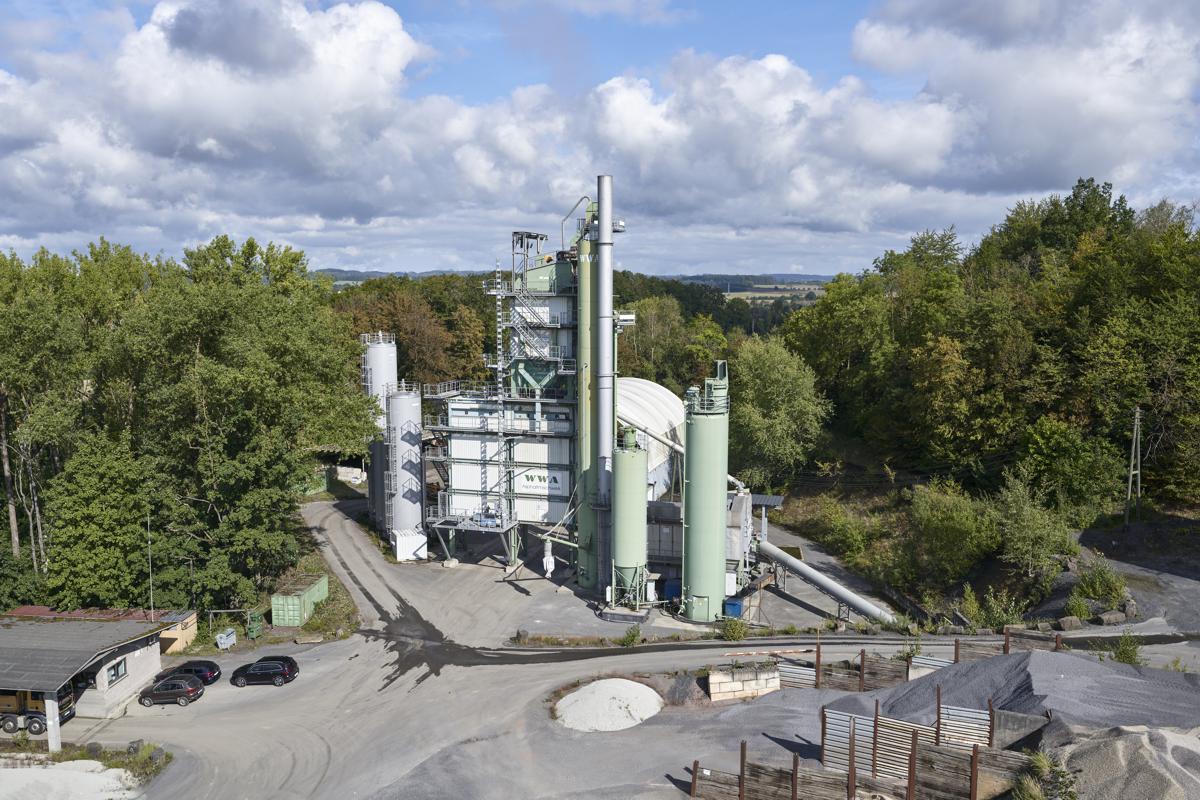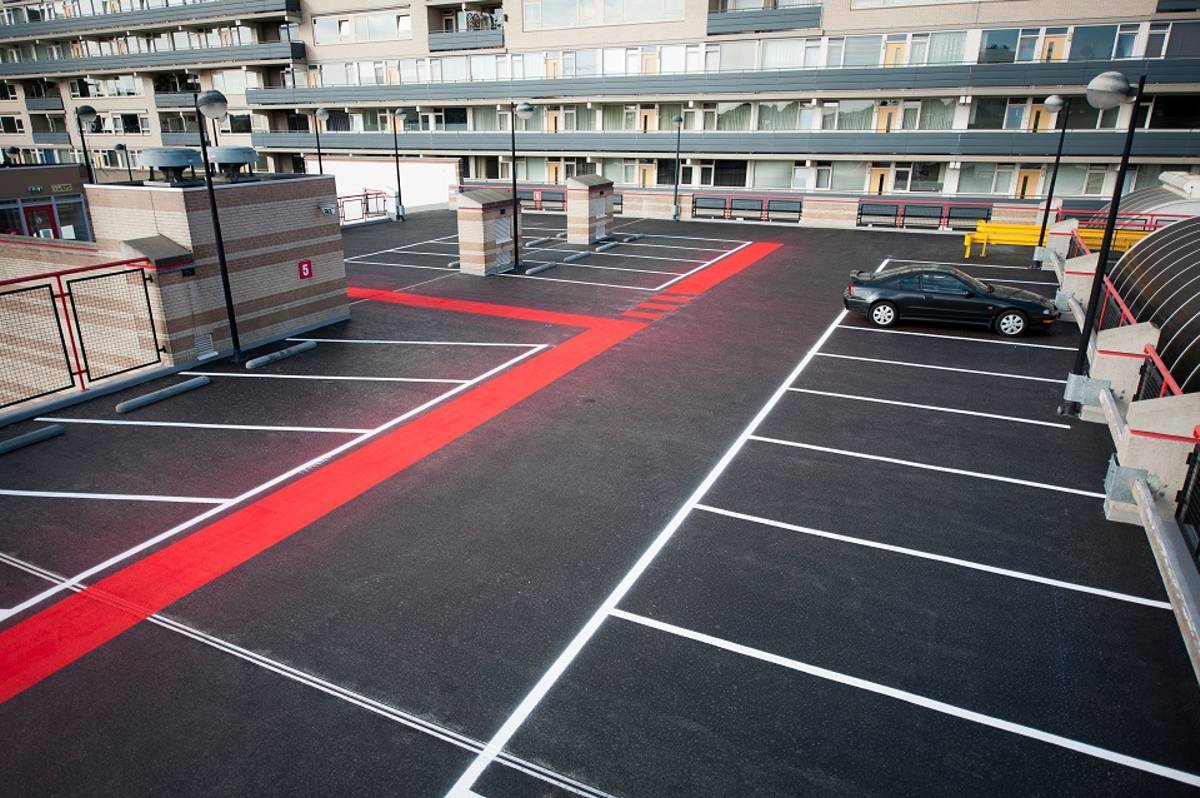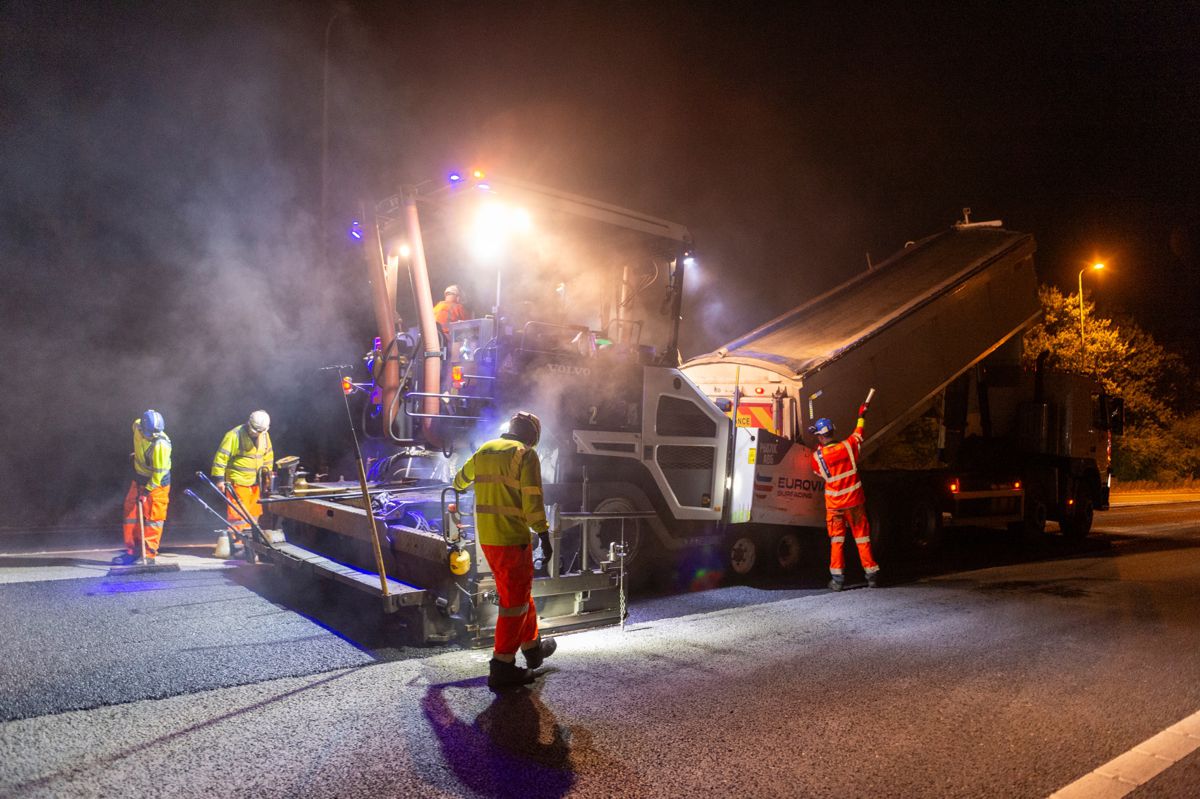A comprehensive guide on the Bitumen Emulsifier Market and Covid-19 Impact
Article by Chaitali Avadhani
The global bitumen emulsifier market has been tremendously affected during the Covid-19 outbreak. Various types of bitumen emulsifiers such as cationic, anionic, and rapid setting are prominently used in the road construction business. The post-Covid-19 world is considered to be promising for the bitumen emulsifier market.
Roads play a vital role in building economy, maintaining trade routes, enhancing tourism activities, and act as a bridge for connecting places. Therefore, the need to maintain them is necessary for any country to ensure that the connection doesn’t break. An important component that aids in road construction and maintenance is the bitumen emulsifier.
What is Bitumen Emulsifier?
A perfect blend of water and fine droplets of bitumen forms the bitumen emulsifier. Bitumen is basically a petroleum product and therefore the chances of bitumen mixing with water drop significantly. The sticky nature of bitumen causes it to disintegrate into droplets and in order to overcome this issue, emulsifiers such as fatty quaternary ammonium compounds are utilized.
How has Covid-19 affected the Bitumen Emulsifier Market?
The coronavirus outbreak led to a lockdown across the entire globe and affected the economy drastically. Almost all the industries had to shut down to curb the spread of infection that had already taken a lot of lives. This pandemic resulted in the decline of various markets, including the bitumen emulsifier market that has a critical role in road construction and maintenance.
However, all is not lost, according to a report published by Research Dive, the bitumen emulsifier market is expected to grow and surpass the $154.3 million mark by 2026, with a healthy CAGR of 3.9%.
The report also mentions that the bitumen emulsifier market shall be back in its form by Q3/Q4 of 2022. Moreover, as several cities and nations have resumed activities, construction projects too have resumed. For instance, the Indian government has released all the pending dues regarding constructions.
Likely Scenario of Bitumen Emulsifier Market in Post Covid-19 Outbreak
Once the pandemic subsides, construction activities will resume with full throttle. Major hotspots for road constructions are India, the U.S.A, Mexico, and UK as their governments are investing in public infrastructure such as hospitals, railways, and highways. This factor will boost the importance of bitumen emulsifier market after Covid-19 pandemic. As the world population is considerably rising, the need for better roads will positively affect the market.
Urbanization, road repairs, and maintenance in developing and developed countries will propel the market growth. For instance, America consists for the largest road networks which are followed by India and China. The U.S.A road covers around 4.3 million kilometres of paved roads that recommend the use of bitumen emulsifier for constructions and repairs.
Apart from this, bitumen is also used for roof waterproofing that utilizes non-ionic bitumen emulsifiers. From the regional perspective, the Asia-Pacific region will have the biggest bitumen emulsifier market in the post pandemic scenario.
Why to Use Bitumen Emulsifiers?
Bitumen emulsifiers have their own set of benefits that make them unique. Some of the advantages of using bitumen emulsifiers are as follows:
- These have anti-stripping properties
- They can be used for oil stabilization in deserts
- They are used in wet conditions such as rains or a snowy environment
- They are eco-friendly in nature
- The rapid setting type of bitumen emulsifier is used for road surfaces
- The medium setting type of bitumen emulsifier is used for premixing of coarse aggregates with bitumen emulsion
- The slow setting type of bitumen emulsion is used with fine aggregates as there is enough time for uniform mixing
Types of Bitumen Emulsifiers
There are two types of bitumen emulsifiers which are as follows:
- Based on surface charge, it is further classified into:
-
- Cationic bitumen emulsifier (electro-positively charged)
- Anionic bitumen emulsifier (electro-negatively charged)
The choice of using bitumen emulsion depends on the mineral composition of aggregates that are used in construction activities. For example, an electro-positively charged emulsifier is used with silica aggregates whose surface is negatively charged. This assures stable binding with the bitumen.
- Based on setting time, where the speed of water evaporation and separation of water from bitumen is considered, it is divided into:
-
- Rapid setting emulsion: Here, bitumen breaks quickly; therefore this type of emulsion has the ability to set after evaporation quickly.
-
- Medium setting emulsion: This type of emulsion doesn’t break spontaneously when applied on aggregates; however the breaking point commences when fine mineral particles are mixed with aggregate emulsion mixture.
-
- Slow setting emulsion: These types of emulsions are relatively slow in setting and are considered as stable than the other two types.
Future Scope of the Bitumen Emulsifier Market
From the above stated facts and figures, the importance of bitumen emulsifier market in society is pretty much clear. The future goals, challenges, and functioning of this market substantially depends on how the key market players work and collaborate.
This market is likely to enhance rapidly in the post-Covid-19 period due to rise in public and private investments for building infrastructures. Moreover, various government projects for building a robust economy will also enhance the global bitumen emulsifier market after the Covid-19 pandemic. This market has a bright future in the upcoming years.
Chaitali Avadhani is currently working in the content writing industry and has a Master’s degree in journalism and mass communications from Savitribai Phule Pune University. She is naturally attracted towards writing and is harbouring experiences in the same field. Apart from this, she is a certified mountaineer and has passed out from Himalayan Mountaineering Institute, Darjeeling. Outside the office she is actively engaged in fitness activities such as running, cycling, and trekking.















